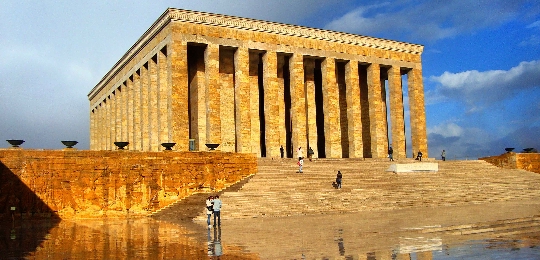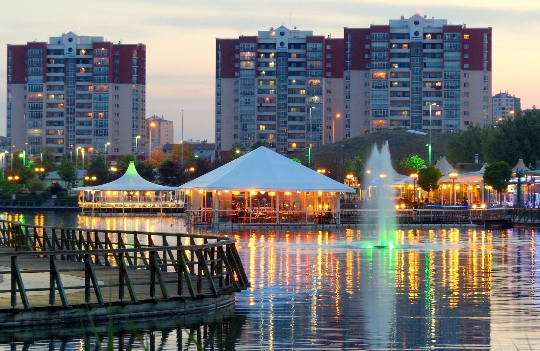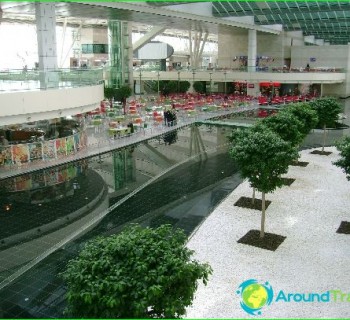Ankara - the capital of Turkey
The capital of Turkey, Ankara, is one of the oldest settlements in Asia Minor. More than four million people live here now.
History of the city
The exact date of the foundation of the city is not known, but the first mentions of it date back to the 7th century BC. Then he bore the name Angira. The twentieth century marked the beginning of the city's political growth. In the 20th year, Ankara was chosen as the site of the Great National Assembly, and in the 23rd year, the city became the capital..
Ankara landmarks
The capital of Turkey harmoniously combines the culture and architecture of the East and West, and the territory of the city itself has a conditional gradation, dividing into two parts. The modern part of Ankara is a typical European city with wide avenues, hotels and numerous entertainment venues. Its historical center combines landmarks from different periods.
- The observation towers of the Citadel, probably the most interesting place in the old part of the city, offer a beautiful view of the entire capital. Inside the complex is the oldest residential area in the whole city, the cobbled streets of which have retained all the charm of ancient Ankara.
- The next place is the mausoleum of Ataturk, located in the Maltepe quarter. The new ruler, before taking office, necessarily pays a visit to the sarcophagus of the founder of the state. The mausoleum is built on a hill and is a real museum of his personal substances.
- The largest mosque in the country is also located in the city. It is a building in the classic Ottoman style. You can admire the masterpiece of architecture by looking at Kyzylai Square. Another mosque, built in the 15th century, still receives believers..
- The Temple of Augustine and Roma, unfortunately, which has not survived to our times in its original state, is attractive because it was a Christian church. Miraculously preserved inscriptions on the walls are a chronicle of the era of the reign of Emperor Julian.
- It is simply impossible not to stroll through the Museum of Anatolian Civilizations. Here you can trace the evolution of Turkey, from the Paleolithic period to the end of the Roman era..
- The former baths have become a place where you can see the cult and household items that belonged to the Hittites and Phrygians. The Ethnographic Museum has preserved a unique collection of jewelry, national costumes and musical instruments.
- On one of the busiest streets of the city - Salman ("Copper Alley") - there is a huge number of artisans' shops and small shops. Here you can buy any souvenirs belonging to local craftsmen: vases, patterned people, cigarette cases, openwork candlesticks and many other gizmos.





